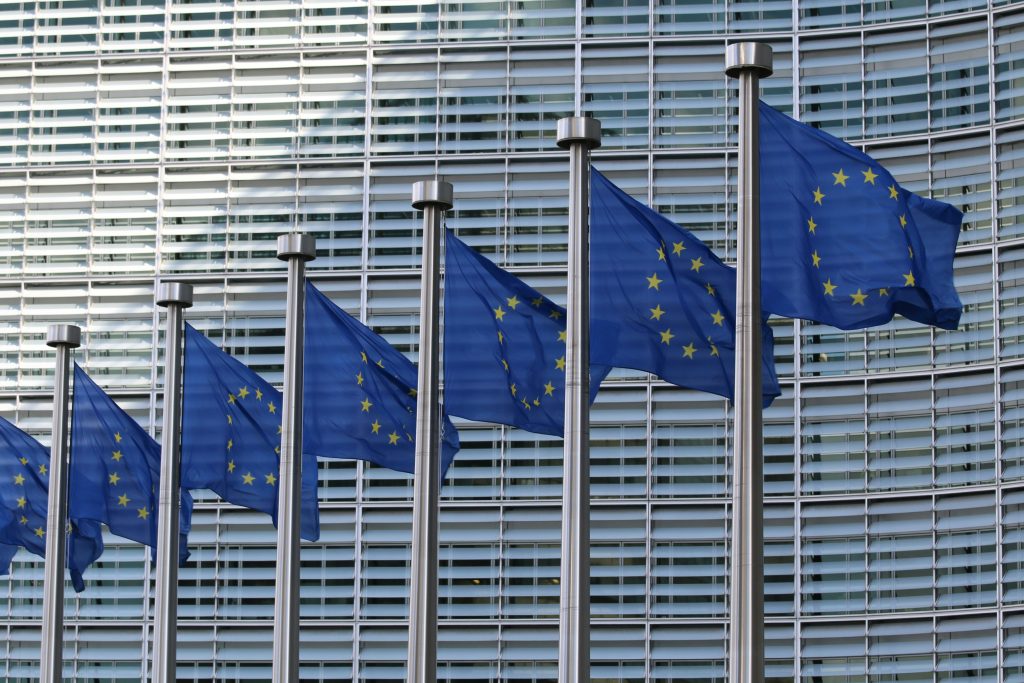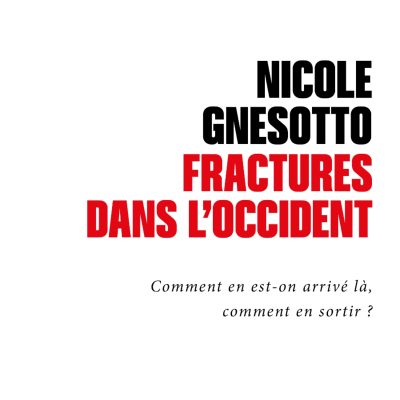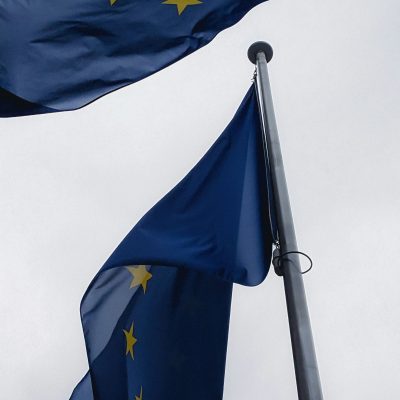[FR] How much room for maneuver does an EU Presidency have?

On July 1, 2008, France took over from Slovenia as President of the Council of the European Union (EU). This is the twelfth time that France has held this position since 1951. In 2008, as in the previous term, which took place in the second half of 2000, the French Presidency comes at a delicate time. Eight years ago, heated negotiations on the Treaty of Nice were at the heart of the debate. Today, the uncertainties surrounding the ratification of the Treaty of Lisbon will feature prominently on the agenda. Unlike yesterday, however, the French Presidency is taking office at a time when many profound changes have begun to affect the nature and, therefore, the exercise of this function. In recent years, the Presidency of the Council has been undergoing significant internal changes. This reform process, precipitated by the desire of Member State governments to improve the efficiency and continuity of the Council’s work in an enlarged Europe of 27 countries, is taking shape in the form of innovative formulas such as stable presidencies, super partes presidencies and collective programming of the Council’s activities.




